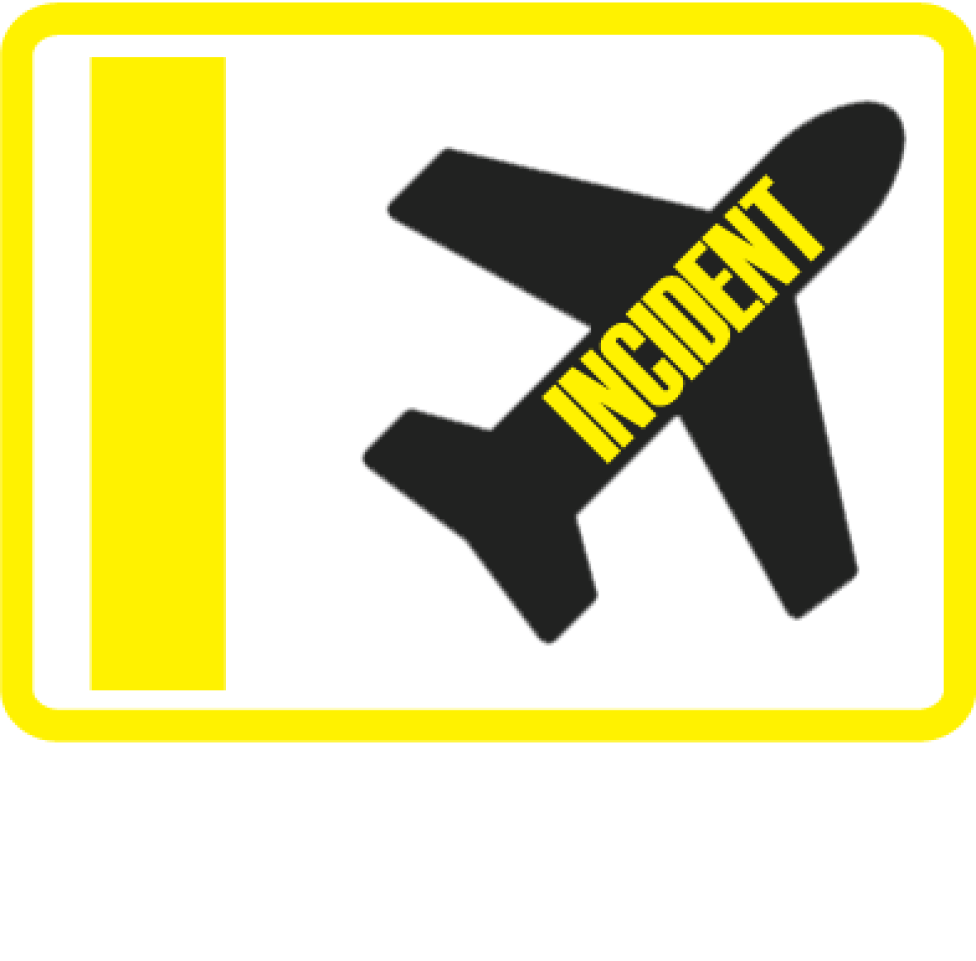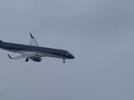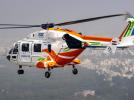Tiger A320 near Avalon on Jun 30th 2011, reportedly descended below minimum safe altitude
The ATSB released their final report concluding the probable factors into serious incident was:
Contributing factors
- The flight crew did not plan for a return to land on runway 36 at Avalon in the event that a go-around was required, which led to a rapid decision to conduct a visual approach and an elevated workload that impacted on the execution of the approach.
- The flight crew experienced a high workload environment that degraded their performance during the approach to runway 36 at Avalon and resulted in the aircraft descending below the minimum permitted altitude.
Other factors that increased risk
- During the return to runway 36 at Avalon, the pilot flying mistakenly believed that the aircraft was operating outside controlled airspace.
- The section in the Aeronautical Information Publication Australia on the protection from collision risk afforded to operations in Class C and D controlled airspace did not indicate that some of those protections were also available to instrument flight rules operations in Class E airspace, despite it also being controlled airspace.
- The omission by the controller to assign a minimum vector altitude as part of the visual approach clearance was a missed opportunity for the flight crew to identify the lowest safe altitude.
- The controller’s decision not to issue a safety alert meant that an opportunity to warn the flight crew of their being below lowest safe altitude, and therefore minimise the time below that altitude, was lost.
- The Tiger Airways Australia Pty Ltd documentation and training package relating to the Avalon airspace structure and night visual approach guidance contained incorrect material and omissions that increased the risk of confusion and misunderstanding by flight crews. [Safety issue]
- The Manual of Air Traffic Services differed from the Civil Aviation Safety Regulation Part 172 Manual of Standards concerning the requirements for issuing a night visual approach to an instrument flight rules aircraft, increasing the risk of ambiguity in the application of these requirements by controllers. [Safety issue]
Other findings
- The controller identified that the aircraft had descended below the lowest safe altitude and queried the flight crew.
The ATSB analysed that while on approach to runway 18 the crew detected the tail wind component would exceed the permitted tail wind. The crew however decided to continue the approach and monitor the tail wind, should the tailwind still exceed limits at 100-200 feet AGL, they would go around. Despite recognizing the potential go around and return to land on runway 36 the crew did not plan or brief the approach to runway 36.
The ATSB stated: "As the aircraft reached 200 ft above the ground, the flight crew identified that the tailwind exceeded the limit for landing and commenced a go-around. The lack of prior planning for a return to runway 36 meant that the crew had to develop their response after initiating the go-around."
Following the decision to go-around the crew was cleared to climb to 3000 feet and further decided to commence a visual tear drop procedure to land on runway 36, which "resulted in less time for the crew to complete the required actions and tasks for the approach, further elevating the associated workload. It also impacted on communications both within the cockpit and with ATC. By conducting the return as a visual teardrop manoeuvre, the flight crew were responsible for conducting the approach in accordance with the tracking and altitude requirements of a night visual approach and as such, were required to maintain their own terrain and obstacle clearance. Furthermore, as the flight crew were receiving an air traffic service (ATS) surveillance service, unless otherwise cleared, they were required to maintain the previously cleared 3,000 ft."
The ATSB further analysed: "About 30 seconds later, as the aircraft departed the circling area while outbound in the teardrop manoeuvre, the PF commenced a descent from 3,000 ft to 1,600 ft without a clearance from ATC. The PF incorrectly believed that the aircraft was operating outside of controlled airspace and was within the circling area at that time, contributing to the misunderstanding that there was no requirement to obtain a descent clearance and that the aircraft was descending to a safe altitude. Descent to 1,600 ft was permitted within the circling area, but to ensure adequate separation from terrain, the aircraft was required to operate no lower than 2,000 ft once outside the circling area unless established on the runway 36 centreline, not below ‘on slope’ on the precision approach path indicator (PAPI) or ‘T’ visual approach indicator system (T-VASIS) and within 5 NM (9 km) of the aerodrome."
The ATSB analysed: "It is possible the ambiguity with the operations notices and training package relating to Avalon airspace influenced the PF’s understanding of the airspace classification. In addition, his comprehension of the aircraft’s position in relation to the circling area was probably influenced by the workload associated with the teardrop manoeuvre and approach."
The ATBS continued that the controller cleared the aircraft to climb to 3000 feet following the decision to go around, and after clarifying the intentions issued a conditional clearance "that once the aircraft was established on the PAPI/T-VASIS or inside the circling area, they were cleared for a visual approach."
The ATSB analysed however that the controller did not issue a minimum vectoring altitude which could have alerted the crew to the fact that the descent to 1600 feet was not adviseable: "Although the crew were responsible for clearance from terrain during the visual approach, had they been instructed to descend not below the MVA altitude of 2,000 ft until established on the PAPI/T-VASIS or within the circling area, it is possible that they would not have descended below that altitude."
http://avherald.com/h?article=43f05054/0000














Komentarze